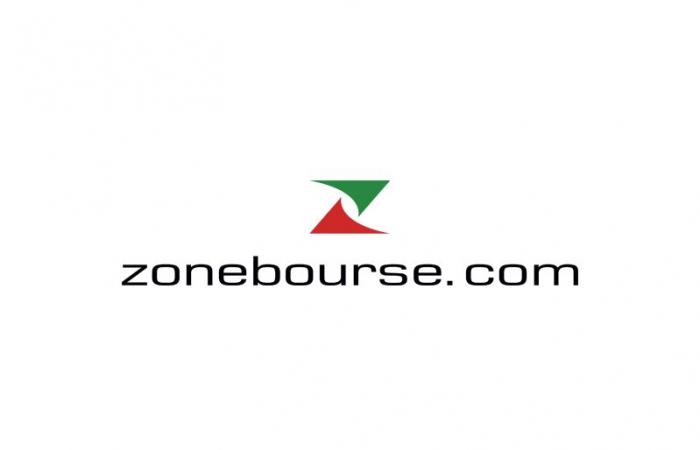Ghana’s long-running debt restructuring took another step towards the finish line on Monday, after the government said it had reached an agreement in principle on debt restructuring with international bondholders worth some $13 billion.
Below is a condensed timeline of the main events:
* February 2022 – Rating agency Moody’s lowers Ghana’s credit rating from B3 to Caa1, saying the country has “very high credit risk”, after Fitch downgraded its credit rating of Ghana from B- to B in January.
* March 2022 – Ghana’s central bank raises interest rates by a record 250 basis points to 17% to stem soaring inflation and a weakening currency.
* April 2022 – Cocoa producer’s parliament approves tax on electronic payments.
* May 2022 – Ken Ofori-Atta, then Ghana’s finance minister, says the country will manage its debt without help from the International Monetary Fund (IMF).
* July 1, 2022 – Ghana’s government changes its mind and requests a loan from the IMF, amid street protests against growing economic woes.
* July 20, 2022 – Ghana’s parliament approves a $750 million loan from the African Export-Import Bank, as the country struggles to avoid default.
* August 2022 – Ghana’s central bank makes another record interest rate hike as inflation continues to rise.
* December 5, 2022 – Ghana launches domestic debt exchange to try to tackle spiraling debt payments.
* December 12, 2022 – Ghana and the IMF reach a “staff-level agreement” on a $3 billion bailout, with debt restructuring one of the conditions.
* December 20, 2022 – Ghana declares it will default on most of its external debts.
* December 22, 2022 – Local pension funds exempt from domestic debt swap after unions threaten general strike.
* January 2023 – Ghana requests debt restructuring under the G20 Common Framework process, established in response to the COVID-19 pandemic to include China, India and other creditor countries that are not part of the traditional Paris Club of rich lending countries.
* February 2023 – Ghana’s Ministry of Finance says the domestic debt swap has closed with about 85% of bondholders “eligible”, after five deadline extensions. The country’s official bilateral creditors begin talks to form a committee.
* March 2023 – The Ghanaian government and a group of holders of around $13 billion in international bonds begin discussions on debt restructuring through their respective advisors.
* May 2023 – Ghana’s official creditors form a committee co-chaired by China and France and commit to restructuring their loans to the country. These “financing assurances” pave the way for the IMF board to approve the $3 billion bailout loan five days later.
* June 2023 – Ghana sends a restructuring proposal to its official creditors, aiming to reduce interest payments by $10.5 billion over the next three years.
* October 2023 – Ghana and the IMF reach staff-level agreement on the first review of the $3 billion loan program, with a second installment of $600 million contingent on the adoption of a plan for debt rearrangement with official creditors. The finance ministry offers bondholders a 30-40% haircut, causing bond prices to fall.
* January 2024 – Ghana reaches an agreement in principle on January 12 to restructure $5.4 billion in debt to its official creditors, with the IMF then approving the next loan installment a week later.
The government explains to foreign bondholders that it wants a simple debt restructuring, rather than using “state-conditioned debt instruments”, which tie payments to variables such as economic growth or raw material prices.
* February 2024 – Ghana’s president replaces Ken Ofori-Atta as finance minister with his deputy Mohammed Amin Adam, who pledges to keep the IMF program on track.
* March 2024 – Ghana and the international bondholder group begin formal negotiations.
* April 2024 – Ghana and its bondholders fail to reach a deal, with the government saying the proposals put forward were not enough to bring debt down to a level the IMF would deem sustainable.
* May 2024 – The Ghanaian government confirms that a draft memorandum of understanding has been received from its bilateral creditors. Once signed, the MoU will formalize the $5.4 billion deal reached in January with countries including France and China.
* June 2024 – Ghana and its international creditors reach an agreement in principle on the restructuring of its dollar obligations.






